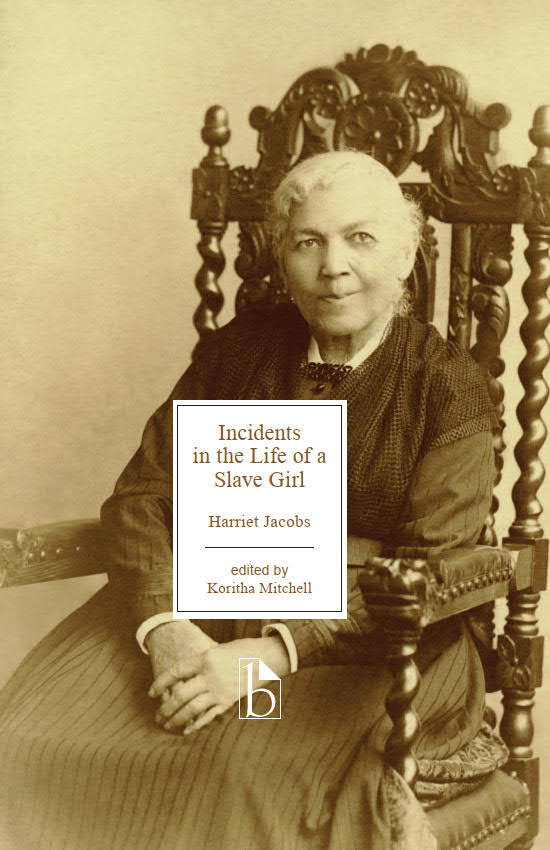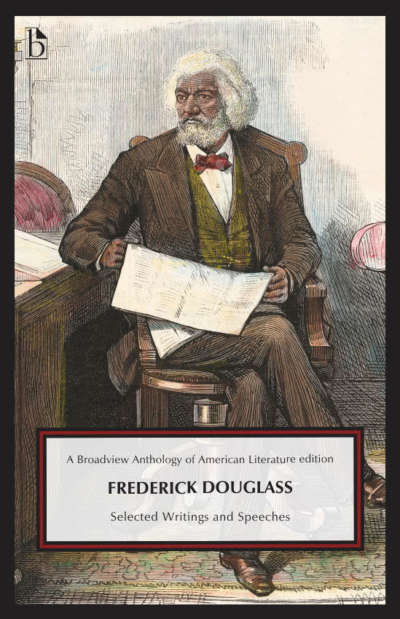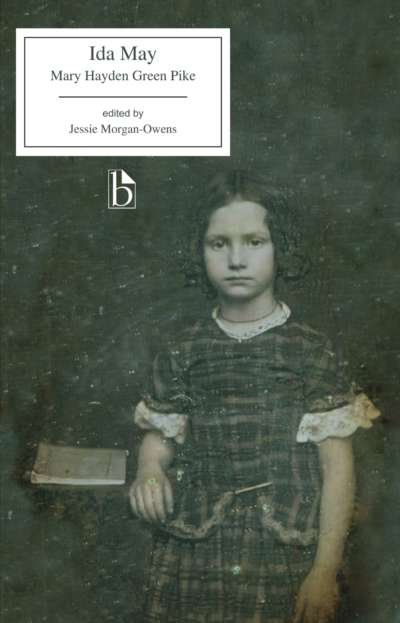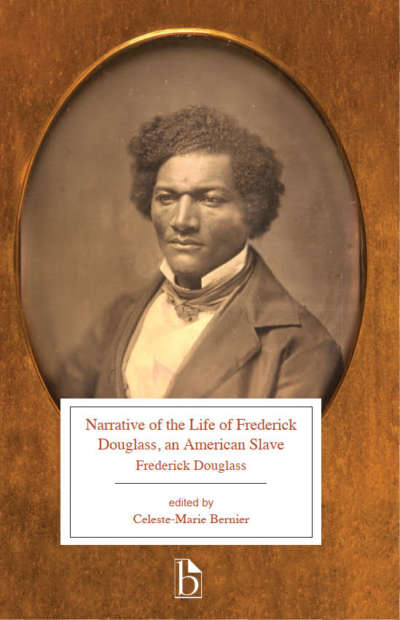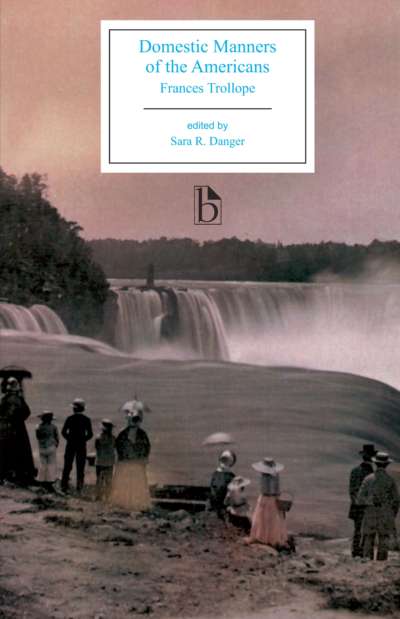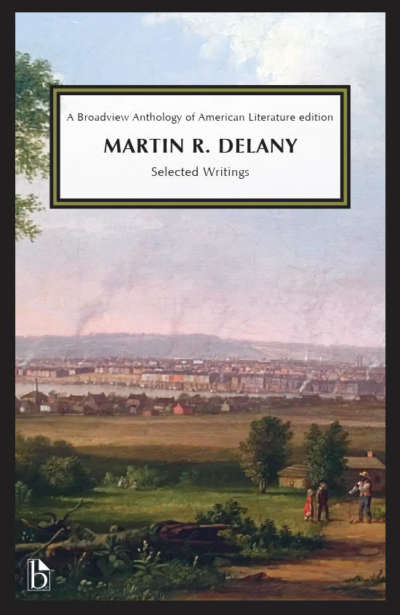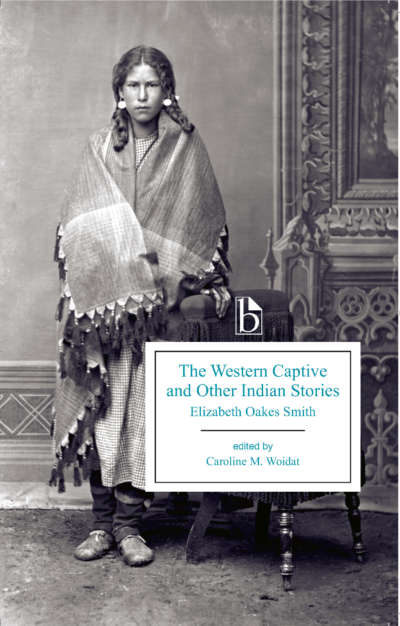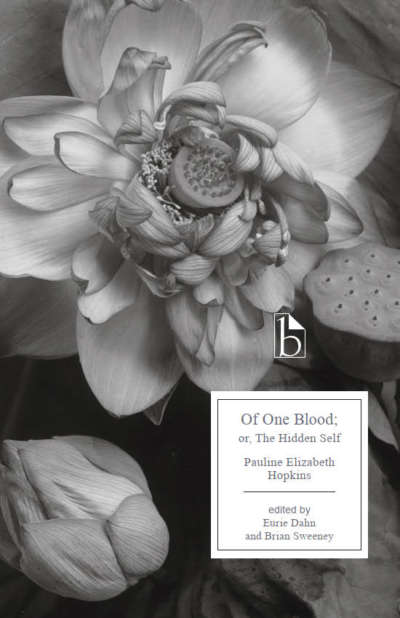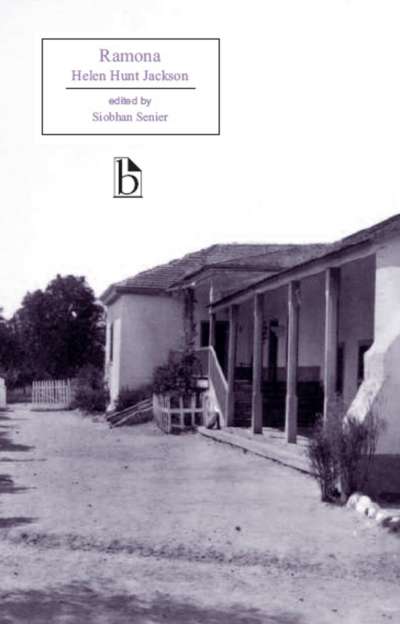
In 1861, Harriet Jacobs became the first formerly enslaved African American woman to publish a book-length account of her life. In crafting her coming-of-age story, she insisted upon biographical accuracy and bold creativity—telling the truth while giving herself and others fictionalized names. She also adapted conventions from two other popular genres: the sentimental novel and the slave narrative. Then, despite facing obstacles not encountered by white women and Black men, she orchestrated the book’s publication and became a traveling bookseller in an effort to inspire passive Americans to support the abolition of slavery.
Engaging with the latest research on Jacobs’s life and work, this edition helps readers to understand the magnitude of her achievement in writing, publishing, and distributing her life story. However, it also shows how this monumental accomplishment was only the beginning of her contributions, given her advocacy work over the nearly forty years that she lived after its publication. As a survivor of sexual abuse who became an advocate, Jacobs laid a foundation for activist movements such as #BlackLivesMatter and #MeToo. This edition also features six appendices, placing at readers’ fingertips resources that further illuminate the issues raised by Jacobs’s remarkable life and legacy.
Comments
“Those familiar with Harriet Jacobs’s autobiography will discover new, vital details about her lifelong struggle in defense of Black women and Black people. Those encountering this work for the first time will be profoundly altered by Jacobs’s relentless pursuit of equal rights and justice. This beautifully rendered edition is a must-read for all.” — Kali Gross, Emory University
“Koritha Mitchell is a brilliant literary historian and theorist. With breathtaking sensitivity to the forces, conditions, and places in Jacobs’s life, Mitchell breathes new life—and brings deeper understanding and refreshing insight—into this classic narrative. Though it is over a century and a half old, through Mitchell’s keen critical lens, Incidents in the Life of a Slave Girl remains relevant and impactful. Black women’s lives and letters are in the very best of hands with Professor Koritha Mitchell.” — Imani Perry, Princeton University
“Koritha Mitchell’s exemplary edition of Incidents in the Life of a Slave Girl is what happens when a Black feminist-activist sharpens her pencil today. Engaging with an expansive array of archival documents and current scholarship, Mitchell goes beyond excellent historicizing to deftly demonstrate how ‘[US] society doles out life chances according to identity.’ It’s the best edition I’ve seen to date, in large part because of Mitchell’s introduction.” — Joycelyn Moody, University of Texas San Antonio
“[This] edition of Harriet Jacobs’s (1813–97) Incidents in the Life of a Slave Girl, edited by Koritha Mitchell, is not to be missed…. Mitchell’s edition, in its entirety, is akin to having a course in African American literature, women’s studies, and slavery at your fingertips.” — Amy Larrabee Cotz, American University, in Scholarly Editing
Acknowledgements
Introduction
Harriet Jacobs: A Brief Chronology
A Note on the Text
Incidents in the Life of a Slave Girl. Written by Herself
Appendix A: Historical Contexts
- 1. “Handed by the Blacks of New Haven City,” Petition (1788)
- 2. From the Fugitive Slave Act (1850)
- 3. Notice warning Black people in Boston to be on guard after the passage of the Fugitive Slave Act (24 April 1851)
- 4. United States Supreme Court Justice Roger Taney, The Dred Scott Decision (6 March 1857)
- 5. From the First Confiscation Act (1861)
- 6. From the Second Confiscation Act (1862)
- 7. The Emancipation Proclamation (1863)
- 8. From the Freedmen’s Bureau Act (1865)
- 9. The Thirteenth Amendment (1865)
- 10. From the Fourteenth Amendment (1868)
- 11. From the Fifteenth Amendment (1870)
- 12. From United States Supreme Court Justice Billings Brown, Plessy v. Ferguson (1896)
Appendix B: Additional Historical Connections
- 1. Laws of Virginia, Act XII (1662)
- 2. From Olive Gilbert, The Narrative of Sojourner Truth (1850)
- 3. Documents regarding Nat Turner’s Insurrection
- a. “Anonymus” to Governor John Floyd (28 August 1831)
- b. Proclamation by Governor John Floyd (17 September 1831)
- 4. Advertisement, American Beacon (30 June 1835)
- 5. South Carolina Negro Seamen Act (1 December 1822)
Appendix C: The Composition, Publication, and Reception of Incidents
- 1. Harriet Jacobs’s First Forays into Writing for Publication
- a. From New York Daily Tribune (21 June 1853)
- b. New York Tribune (25 July 1853)
- 2. Correspondence from Harriet Jacobs to Amy Post
- a. From Harriet Jacobs to Amy Post (after 28 December 1852)
- b. From Harriet Jacobs to Amy Post (14 February 1853)
- c. Harriet Jacobs to Amy Post (4 April 1853)
- d. From Harriet Jacobs to Amy Post (c. May 1853)
- e. From Harriet Jacobs to Amy Post (9 October 1853)
- f. From Harriet Jacobs to Amy Post (March 1854)
- 3. Correspondence from Lydia Maria Child to Harriet Jacobs
- a. Lydia Maria Child to Harriet Jacobs (13 August 1860)
- b. Lydia Maria Child to Harriet Jacobs (27 September 1860)
- 4. Original Title Page of Jacobs’s Narrative
- 5. Correspondence from John Greenleaf Whittier to Lydia Maria Child (1 April 1861)
- 6. William C. Nell, “Linda, the Slave Girl,” Liberator (24 January 1861)
- 7. From Unsigned Book Review, Weekly Anglo-African (13 April 1861)
- 8. From Unsigned Book Review, Anti-Slavery Advocate (1 May 1861)
Appendix D: Life after Incidents
- 1. From Linda [Harriet Jacobs], “Life among the Contrabands,” Liberator (5 September 1862)
- 2. From “Jacobs (Linda) School, Alexandria, Va.,” Freedmen’s Record (February 1865)
- 3. “From Harriet Jacobs,” Freedman (February 1866)
- 4. “From Louisa Jacobs,” Freedmen’s Record (March 1866)
- 5. Linda [Harriet] Jacobs, “Savannah Freedmen’s Orphan Asylum,” Anti-Slavery Reporter (2 March 1868)
- 6. Letters by an Adult Louisa Jacobs (1880–84)
- a. “Ah me!” (25 March 1880)
- b. “Rest and quiet is what she needs” (7 September 1884)
- c. “I was sure Mother would not refuse him” (21 December 1884)
- 7. Remembrances upon Jacobs’s Death
- a. From the Eulogy by Reverend Francis Grimké
- b. From the Obituary for Harriet Jacobs, Woman’s Journal (May 1897)
Appendix E: Enduring Legacy
- 1. From Ellen Driscoll, “The Loophole of Retreat” (4 December 1991–8 February 1992)
- 2. From Lydia Diamond, Harriet Jacobs: A Play (2011)
- 3. Quotations from Lorna Ann Johnson, Freedom Road (2004)
Appendix F: People and Places Relevant to Incidents
- 1. Who Is Who in Incidents
- 2. Image of Dr. Norcom
- 3. Image of Mrs. Norcom
- 4. Image of Louisa Jacobs
- 5. Visual Rendering of Floor Plan of Grandmother’s House and Hiding Place
- 6. Visual Rendering of the Edenton Neighborhood in Which Jacobs Was Born and Hid
- 7. Image of Amy Post
- 8. Image of Harriet Beecher Stowe
- 9. Image of Lydia Maria Child
Works Cited and Select Bibliography
Permissions Acknowledgements
Koritha Mitchell has been a professor of English at The Ohio State University for eighteen years. She is the author of From Slave Cabins to the White House and Living with Lynching and editor of the Broadview Edition of Frances E. W. Harper’s 1892 novel Iola Leroy.


